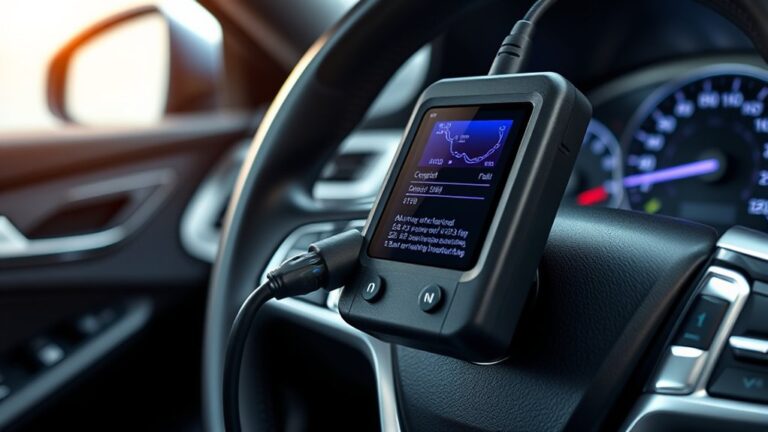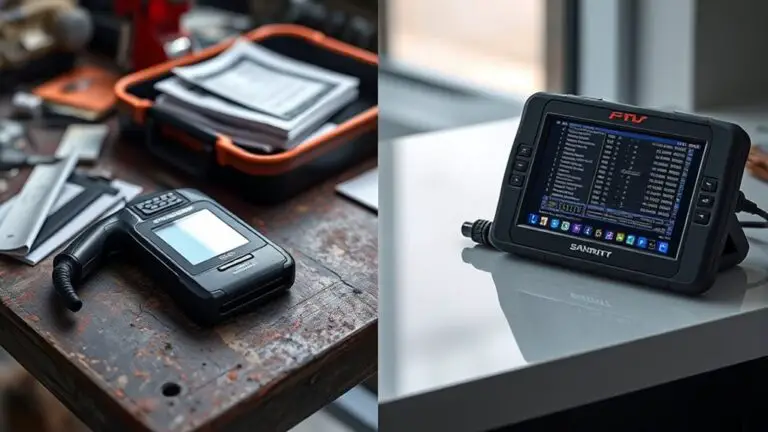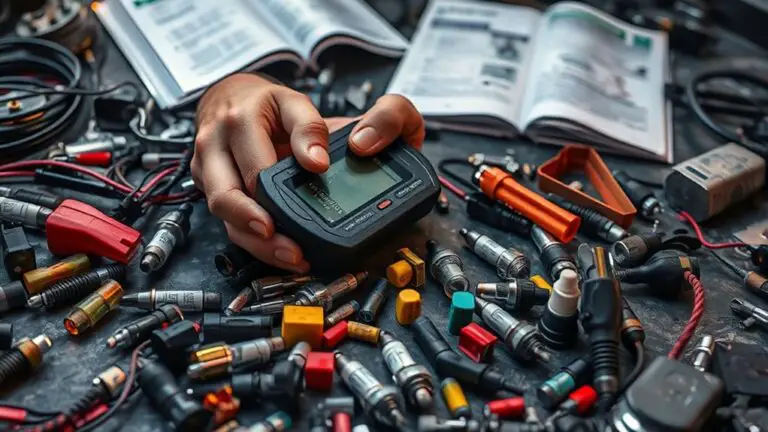How to Interpret Faulty Aftermarket Modules When Scanning a Modern OBD-II Cars
When you scan a modern OBD-II car with aftermarket modules, start by confirming a clean, stable data link, reliable power, and solid grounding, plus a trusted baseline. Separate tool reports from actual network confirmations, and establish a fault-code hierarchy to rate reliability. Cross-check live data against history, wiring, and OEM expectations. Verify module revisions and…












